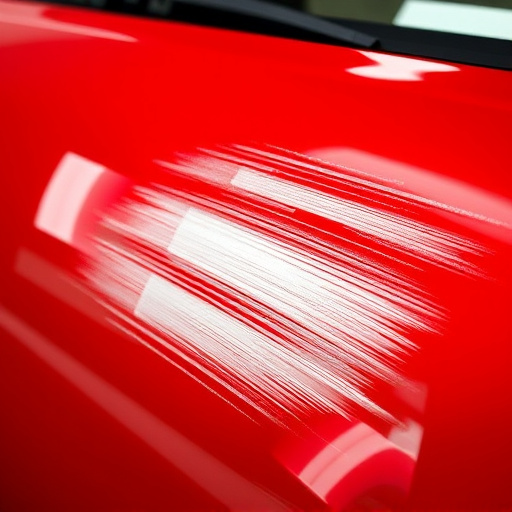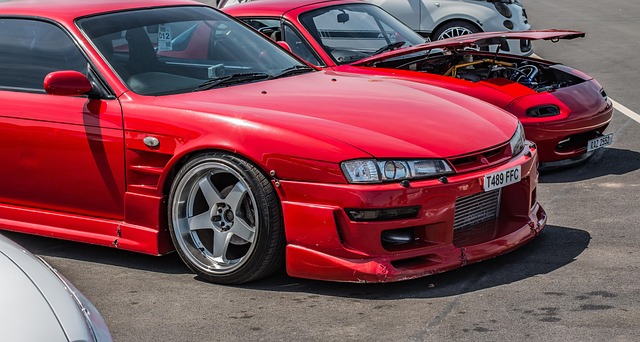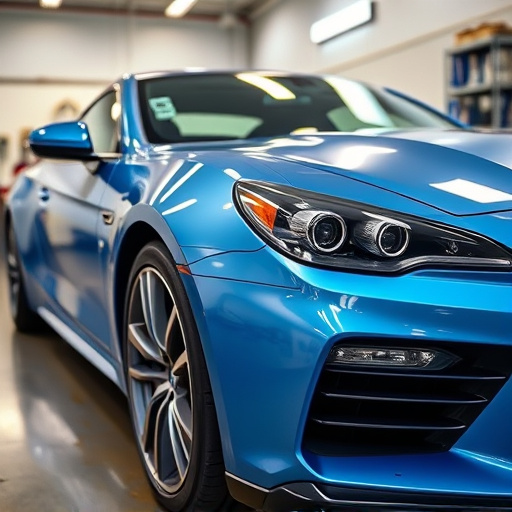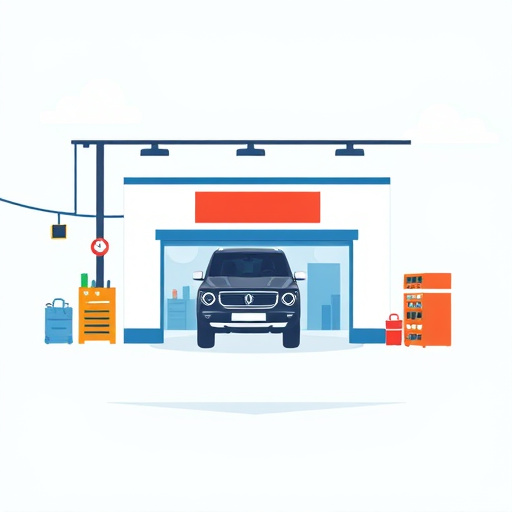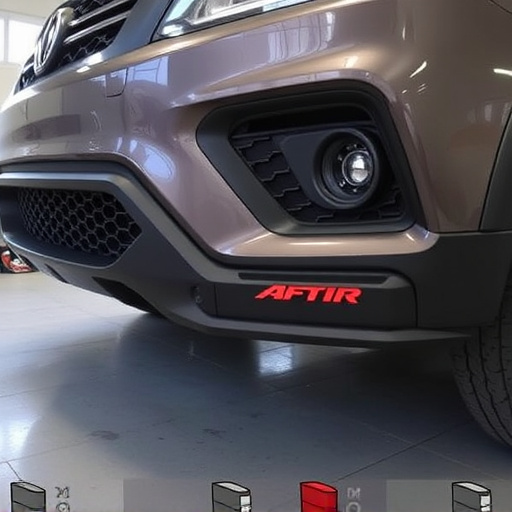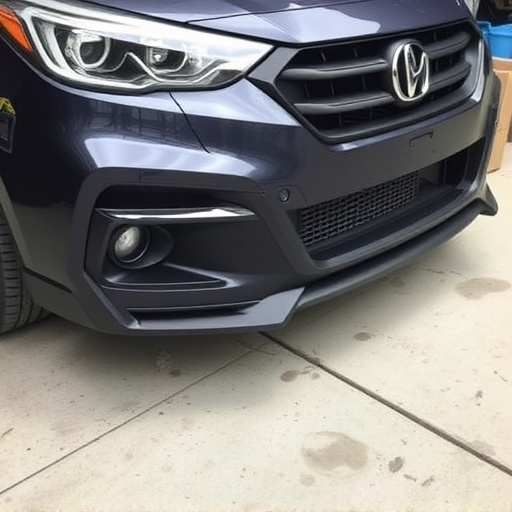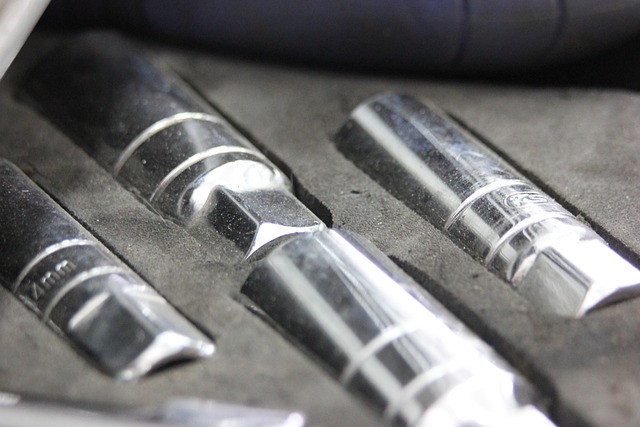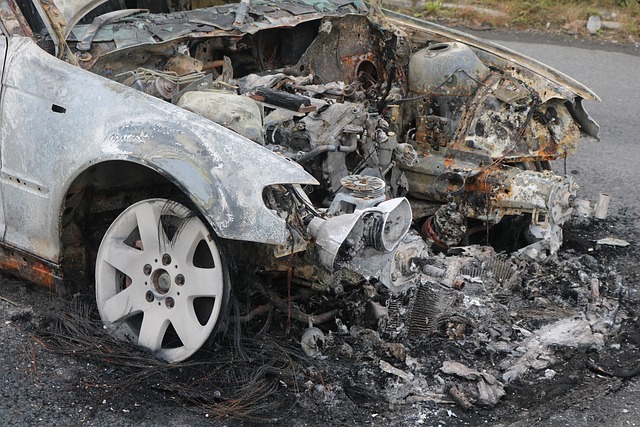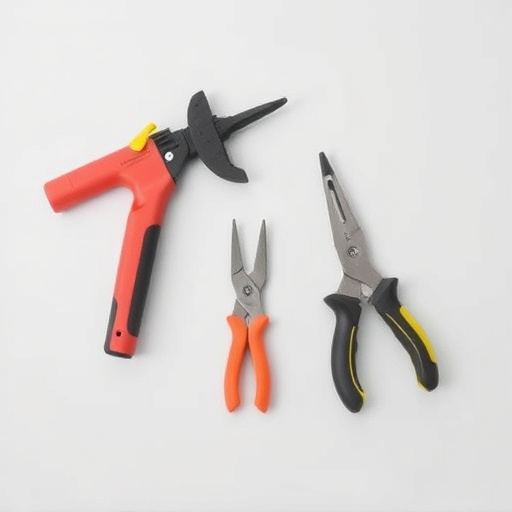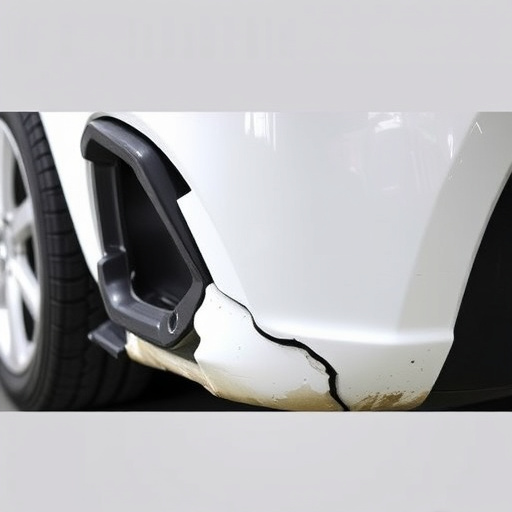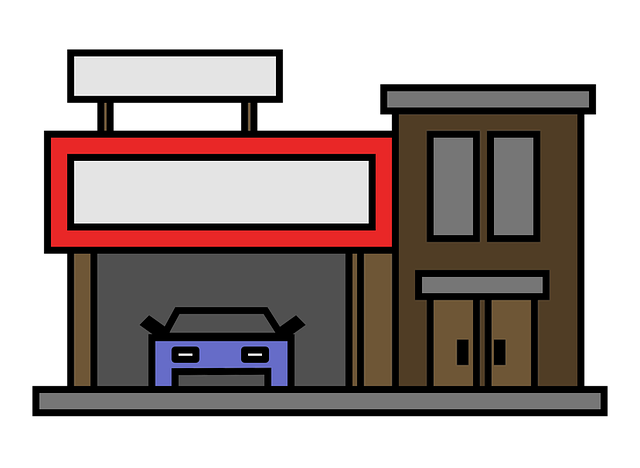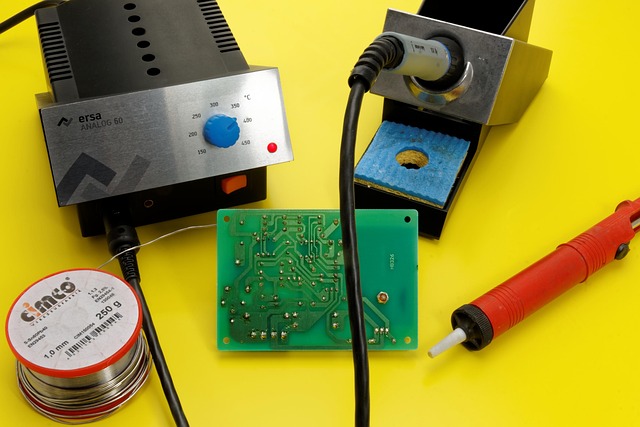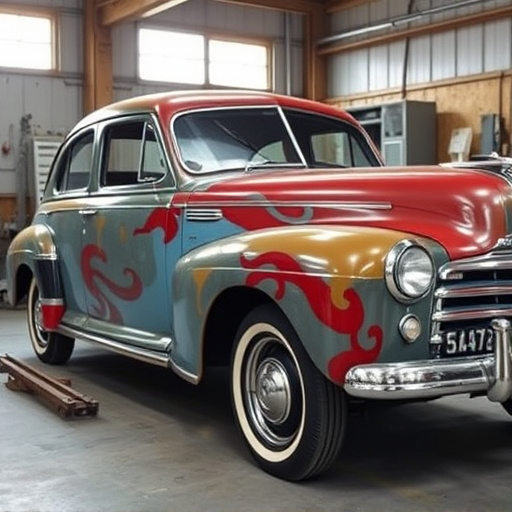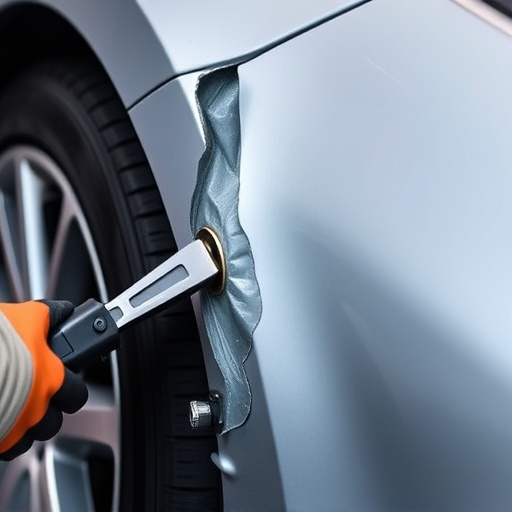After a storm, inspect your vehicle for visible damage like dents, peeled paint, and misaligned panels. Assess interior and mechanical components for water signs and loose parts. Examine exterior for dings, cracks from debris or winds. Prioritize repairs ensuring safety and performance by engaging a professional auto body shop specializing in storm damage collision repair to address bodywork issues, preserving car value and meeting safety standards.
After a severe storm, it’s crucial to inspect your car for potential storm damage. This concise guide walks you through identifying external signs of harm, assessing interior and mechanical components, and prioritizing repairs for both safety and performance. Understanding these indicators is essential for effective storm damage collision repair, ensuring your vehicle returns to peak condition.
- Recognize External Signs of Damage
- Assess Interior and Mechanical Components
- Prioritize Repairs for Safety and Performance
Recognize External Signs of Damage
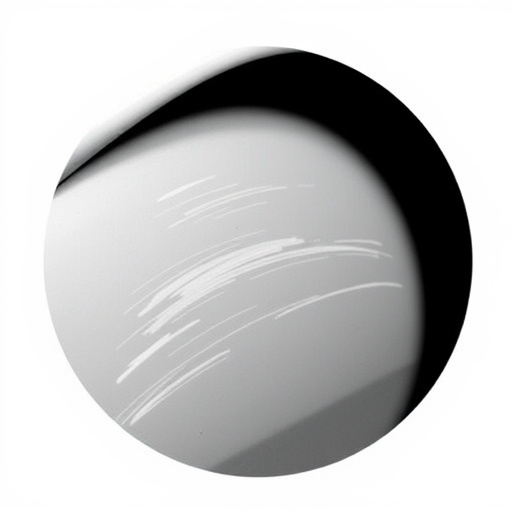
After a storm, it’s crucial to inspect your vehicle for any signs of damage. One of the most visible indicators that your car needs storm damage collision repair is significant dents or dings on the exterior panels. These can result from flying debris, branches, or even strong winds pressing against the vehicle. Peeled paint, cracked windows, and broken headlights are also external red flags that require prompt attention from a reputable car body shop.
Additionally, keep an eye out for misaligned doors, hoods, or trunks – signs of internal damage caused by the impact. If you notice any leaking fluids, especially around the engine or tires, it could point to more severe structural issues. Don’t delay in taking your vehicle to an auto repair shop if you spot these storm-related damages, as early intervention ensures a smoother and safer drive for you.
Assess Interior and Mechanical Components
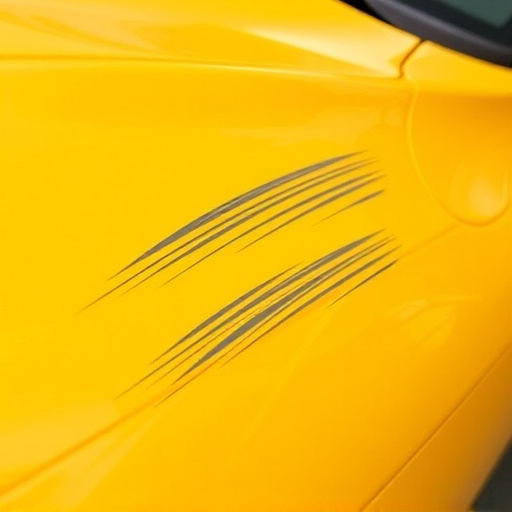
After a storm, it’s crucial to thoroughly assess your vehicle for potential damage. Start by examining the interior and mechanical components. Look for any signs of water intrusion, such as wet carpets or peeling upholstery, which could indicate that floodwater has made its way inside. Check for loose or missing dashboard components, as these might have been jostled during the storm.
Next, pay close attention to the exterior, including the bumper and other body panels. A vehicle body shop will be able to inspect and diagnose any dings, dents, or cracks that may have occurred due to flying debris or intense winds. Don’t forget to assess the mechanical systems like the engine and transmission for any storm-related damage; issues here might require more than just a simple bumper repair or auto body services.
Prioritize Repairs for Safety and Performance
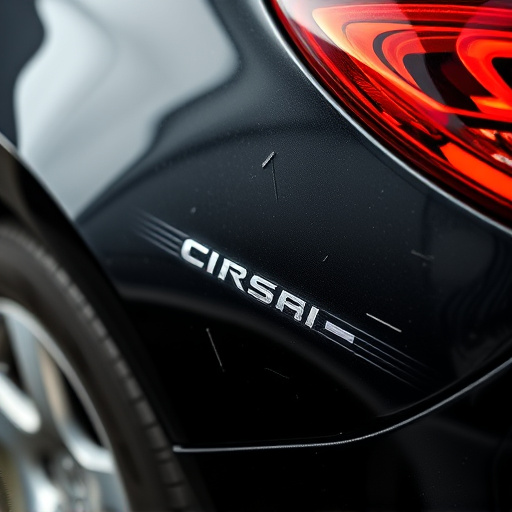
When your car experiences storm damage, it’s crucial to prioritize repairs that ensure both safety and optimal performance. The first step in this process is evaluating the extent of the damage to your vehicle’s structure, particularly its bodywork. Storms can cause dents, cracks, or even significant panel damage, all of which compromise the structural integrity of your car if left unaddressed.
Seeking professional assistance from a reputable vehicle body shop specializing in storm damage collision repair is essential. Skilled technicians will assess each damaged area, making repairs that range from simple adjustments and paintwork to complex panel replacements and frame straightening. Prioritizing these repairs not only ensures your car meets safety standards but also maintains its value, as a well-repaired vehicle body reflects the level of care it has received throughout its lifecycle.
If your car has suffered storm damage, it’s crucial to assess both external and internal components thoroughly. By recognizing signs of impact and subsequent interior disruption, you can prioritize repairs ensuring safety and optimal vehicle performance. Timely storm damage collision repair not only restores your car to its pre-storm condition but also prevents further complications that could arise from neglected issues.
